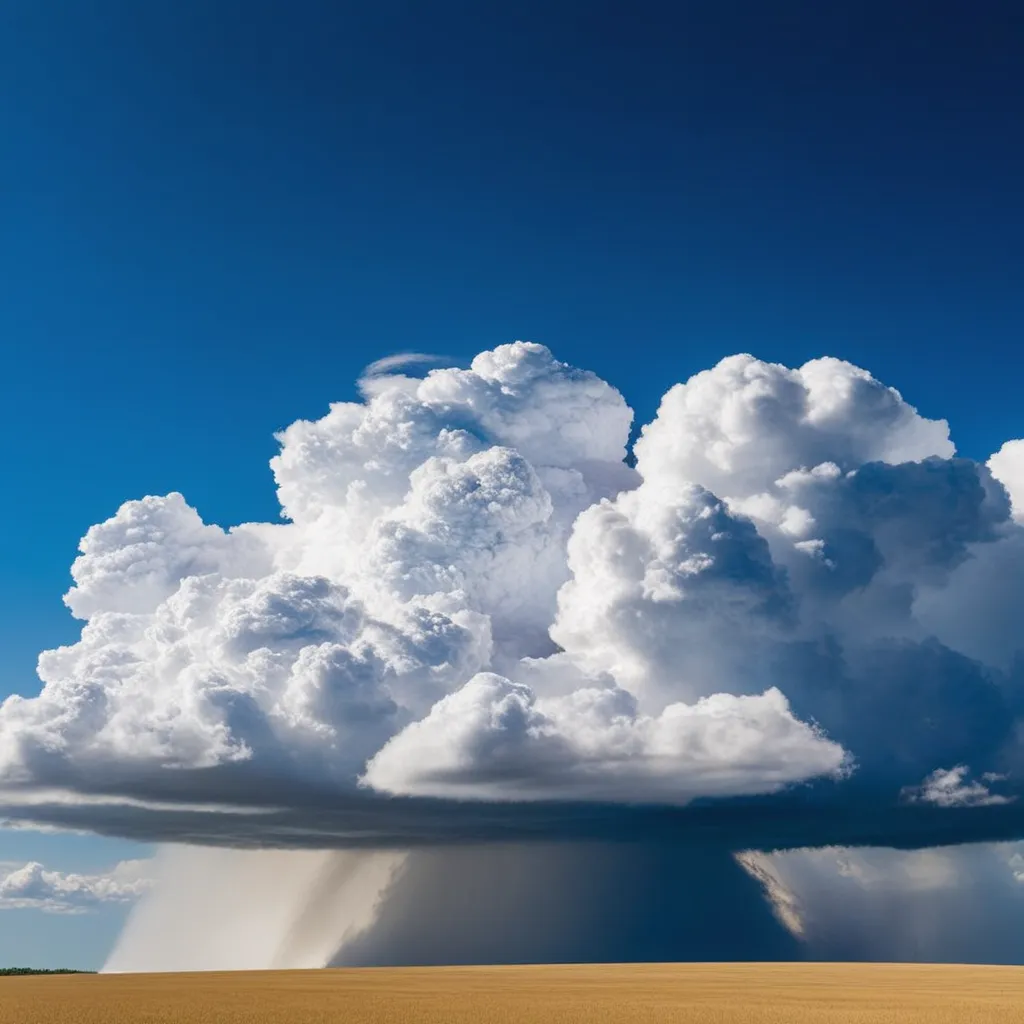The Science of Meteorology: Understanding Weather
Buckle up as we embark on a journey into the fascinating world of meteorology, where every cloud, gust of wind, and drop of rain tells a story written in the language of the atmosphere. As someone who has marveled at the dance of weather patterns and occasionally sought shelter from unexpected storms, let me be your guide to unraveling the science behind meteorology.

Deciphering the Atmosphere
Anecdote: A Childhood Fascination
From my early days, I recall staring up at the sky, captivated by the ever-changing canvas of clouds. It was this childhood fascination that planted the seed of curiosity about what's happening high above us. Meteorology, I soon discovered, is the key to understanding the dynamic interplay of elements in Earth's atmosphere.
The Role of Meteorologists
Anecdote: Behind the Weather Forecasts
Ever wondered about the faces behind the weather forecasts? Meteorologists are the unsung heroes who decode the atmospheric symphony. I had the privilege of chatting with a seasoned meteorologist who described the joy of translating complex weather models into everyday predictions, helping us plan our lives around the atmospheric whims.
Responsibilities of Meteorologists
- Weather Forecasting: Predicting short-term and long-term weather conditions.
- Climate Study: Analyzing long-term atmospheric patterns and trends.
Tools of the Meteorological Trade
Anecdote: Chasing Storms
Venturing into the field with meteorologists, I witnessed firsthand the array of tools they deploy to understand and track weather phenomena. From weather balloons to radar systems, these instruments are the eyes and ears of meteorologists, allowing them to peek into the secrets of the atmosphere.
Essential Meteorological Instruments
- Weather Balloons: Collect data on temperature, humidity, and pressure at different altitudes.
- Radar Systems: Detect precipitation and monitor storm movements.
The Dance of Air Masses
Anecdote: Crossroads of Highs and Lows
Picture air masses as the actors on the meteorological stage, each playing a distinct role in shaping weather patterns. My encounter with a clash of air masses during a summer road trip underscored the dramatic impact these invisible forces can have on our day-to-day weather.
Understanding Air Masses
- Warm Air Masses: Originating in tropical regions, bringing heat and humidity.
- Cold Air Masses: Arising in polar regions, introducing cooler temperatures.
The Symphony of Clouds
Anecdote: Chasing the Perfect Sunset
Clouds, those fluffy wanderers in the sky, aren't just picturesque; they tell tales of atmospheric conditions. While chasing the perfect sunset, I learned to read the clouds, understanding how their shapes and formations reveal impending weather changes.
Cloud Classifications
- Cirrus Clouds: Wispy and high-altitude, indicating fair weather.
- Cumulonimbus Clouds: Towering and dense, signaling storms.
Unraveling Weather Patterns
Anecdote: Dancing with the Seasons
Meteorology isn't just about predicting tomorrow's weather; it's about deciphering the intricate dance of seasons. From the crisp embrace of autumn to the warm whispers of spring, each season has a meteorological story to tell, shaping our experiences and influencing daily life.
Seasonal Weather Phenomena
- Monsoons: Seasonal winds bringing heavy rains, often observed in tropical regions.
- Polar Vortex: A swirling mass of cold air that can influence winter temperatures.
Weathering the Storm
Anecdote: Riding Out the Tempest
Storms, both literal and metaphorical, are part of the meteorological narrative. From huddling in a basement during a tornado warning to marveling at the power of a thunderstorm, my experiences underscored the importance of understanding weather patterns for personal safety and preparedness.
Weather Preparedness Tips
- Emergency Kits: Assemble kits with essentials in case of severe weather events.
- Stay Informed: Regularly check weather forecasts and warnings.
The Ever-Evolving Field
Anecdote: Conversations with Meteorologists
In conversations with meteorologists, I discovered the dynamic nature of their field. Technological advancements continually enhance our understanding of the atmosphere, making meteorology a science that evolves with every breakthrough.

Meteorology's Technological Advancements
- Supercomputers: Process massive amounts of data for accurate weather modeling.
- Satellite Technology: Provides real-time imagery and tracking of weather systems.
Closing Thoughts
Meteorology isn't just about predicting rain or sunshine; it's about deciphering the language of the skies, understanding the intricacies of the atmosphere,<







